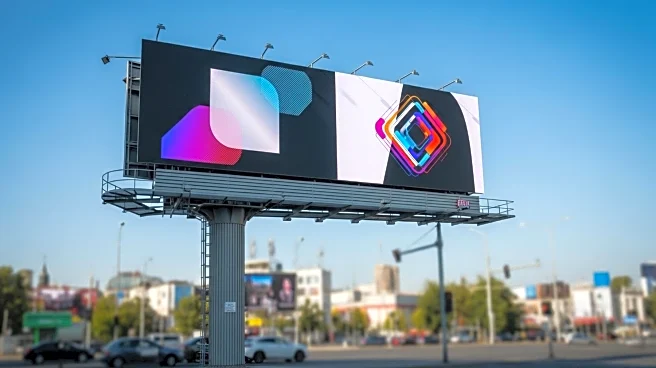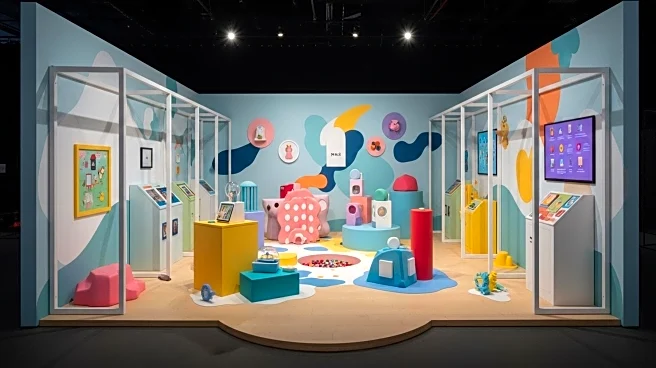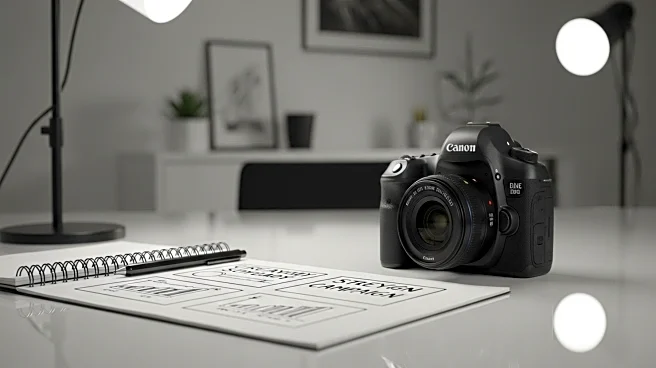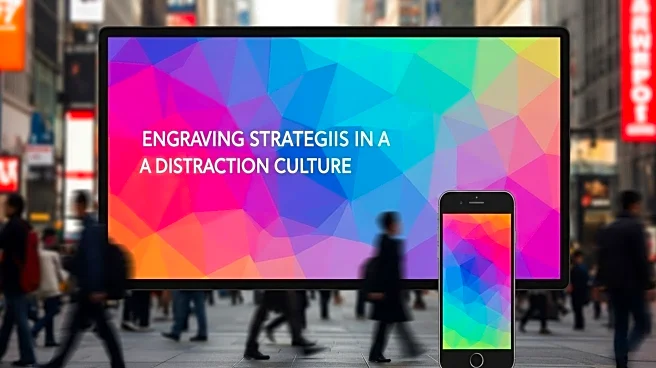What is the story about?
What's Happening?
Wayne Deakin, a former global creative principal and executive creative director at Wolff Olins, has shared insights on the evolution of out-of-home (OOH) advertising. Deakin highlights the shift from traditional billboard advertising, which was designed for quick, fleeting impressions, to more immersive and interactive experiences. He emphasizes the importance of crafting OOH campaigns that are hyper-contextual and use the environment as an ally. Deakin argues that successful OOH advertising requires a balance of sharp ideas, beautiful execution, and strong brand codes. He cites examples such as Tesco's 'Icons' and British Airways' 'A British Original' as campaigns that effectively use brand foundations to create memorable experiences.
Why It's Important?
The evolution of OOH advertising reflects broader changes in consumer behavior and media consumption. As people spend more time in urban environments and less time in cars, advertisers have the opportunity to engage audiences in more meaningful ways. This shift has significant implications for brands seeking to enhance their visibility and recognition. By leveraging the unique characteristics of OOH media, brands can create powerful, lasting impressions that resonate with consumers. The emphasis on brand codes and strategic design in OOH advertising underscores the importance of maintaining brand integrity while adapting to new formats and contexts.
What's Next?
As OOH advertising continues to evolve, brands and advertisers are likely to explore new creative possibilities and technologies to enhance engagement. This may include the integration of digital elements, interactive features, and personalized content. Advertisers will need to balance innovation with brand consistency to ensure campaigns are both impactful and aligned with brand values. The ongoing dialogue within the marketing community, as encouraged by platforms like The Drum, will play a crucial role in shaping the future of OOH advertising strategies.
Beyond the Headlines
The shift in OOH advertising also raises questions about the ethical use of public spaces for commercial purposes. As advertisers seek to create more immersive experiences, they must consider the impact on urban environments and the communities that inhabit them. Additionally, the focus on brand codes and strategic design highlights the importance of cultural sensitivity and inclusivity in advertising. Brands that successfully navigate these challenges can foster deeper connections with diverse audiences and contribute positively to the cultural landscape.
AI Generated Content
Do you find this article useful?













